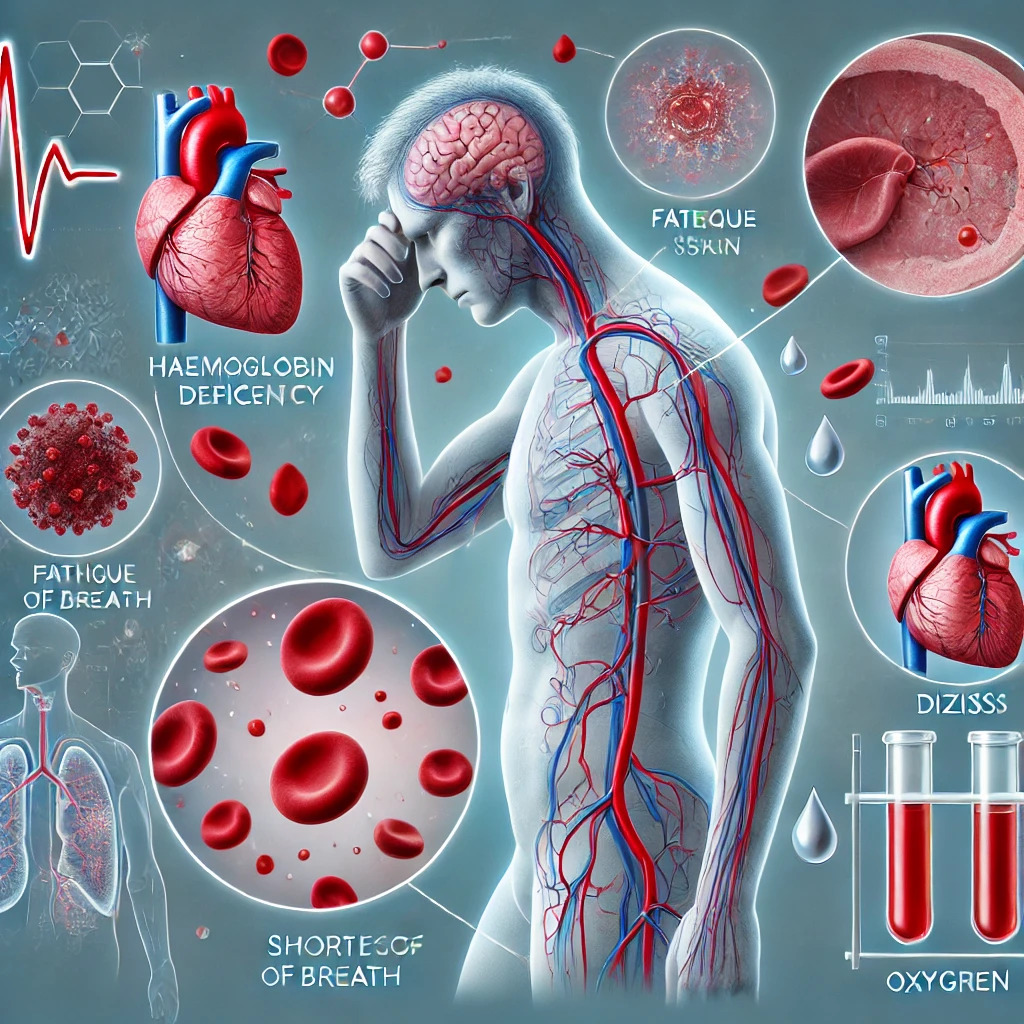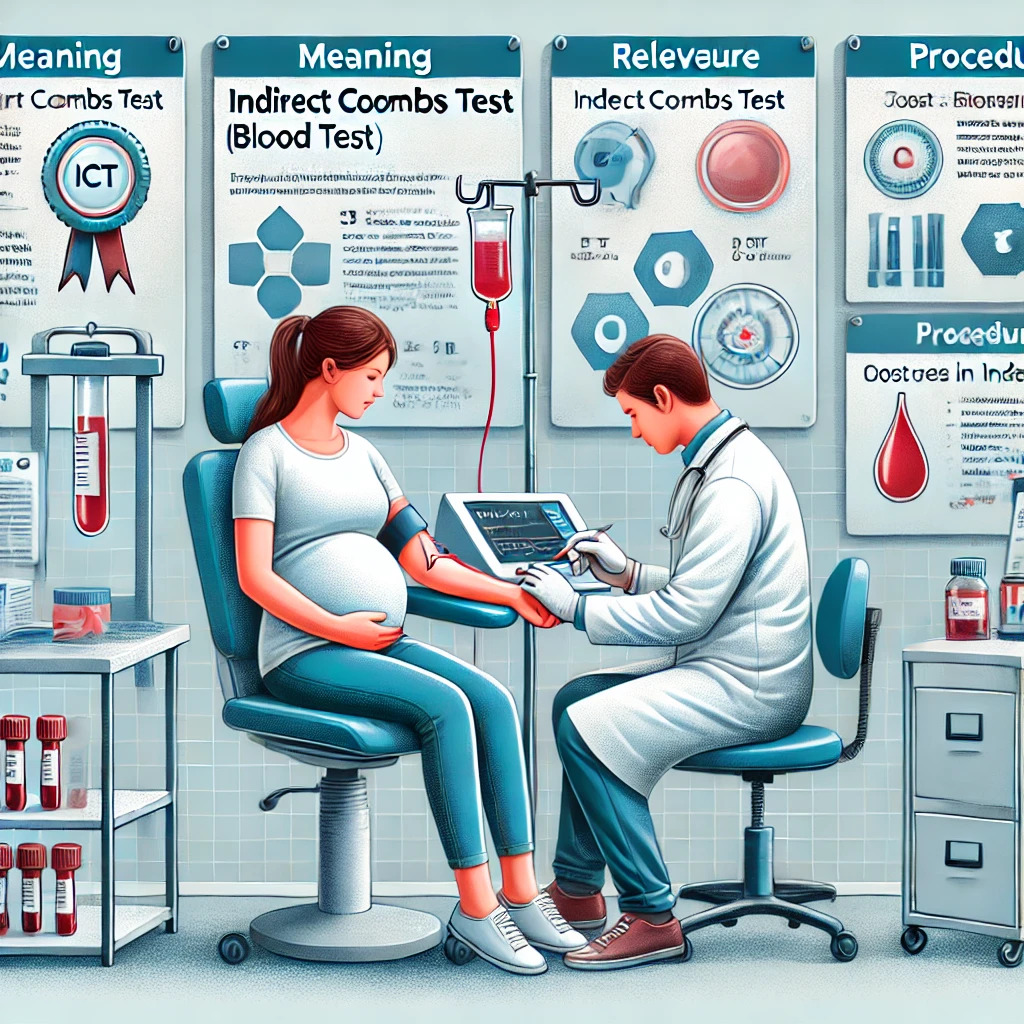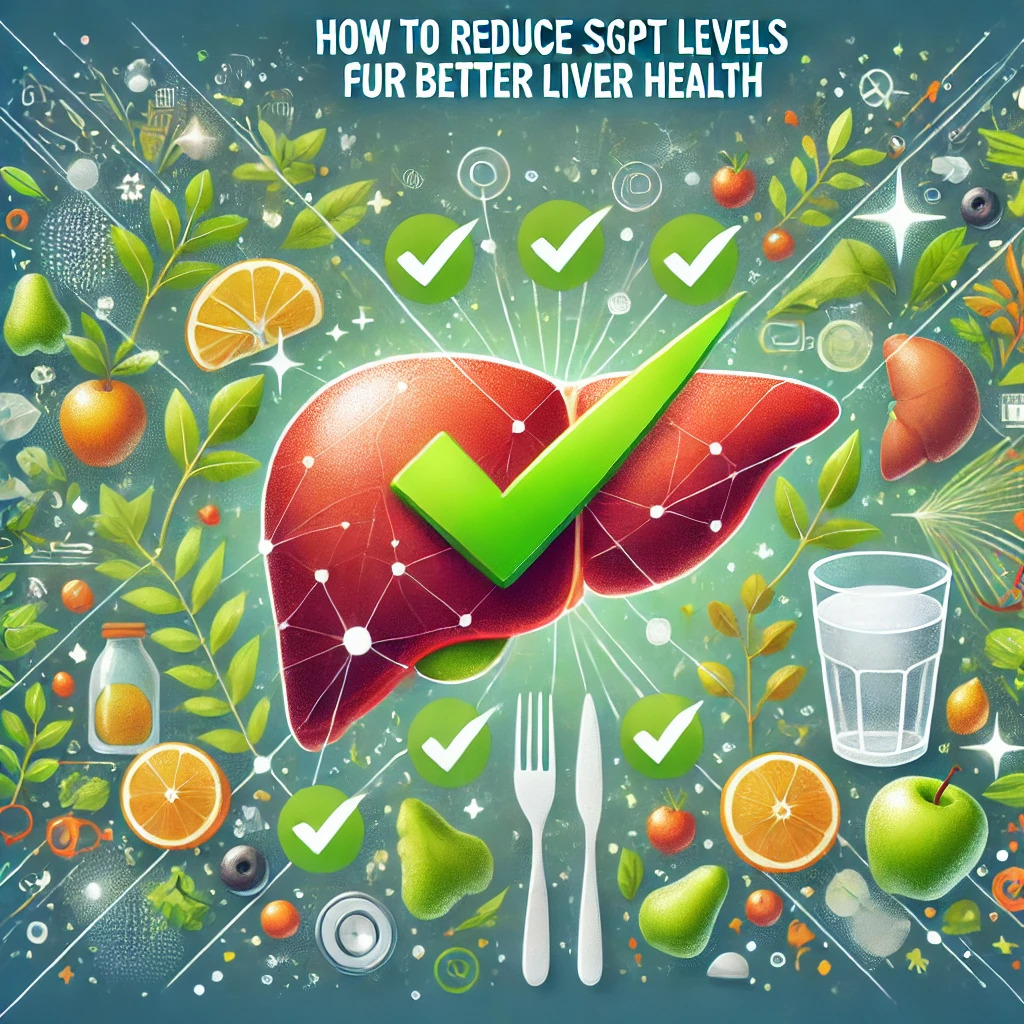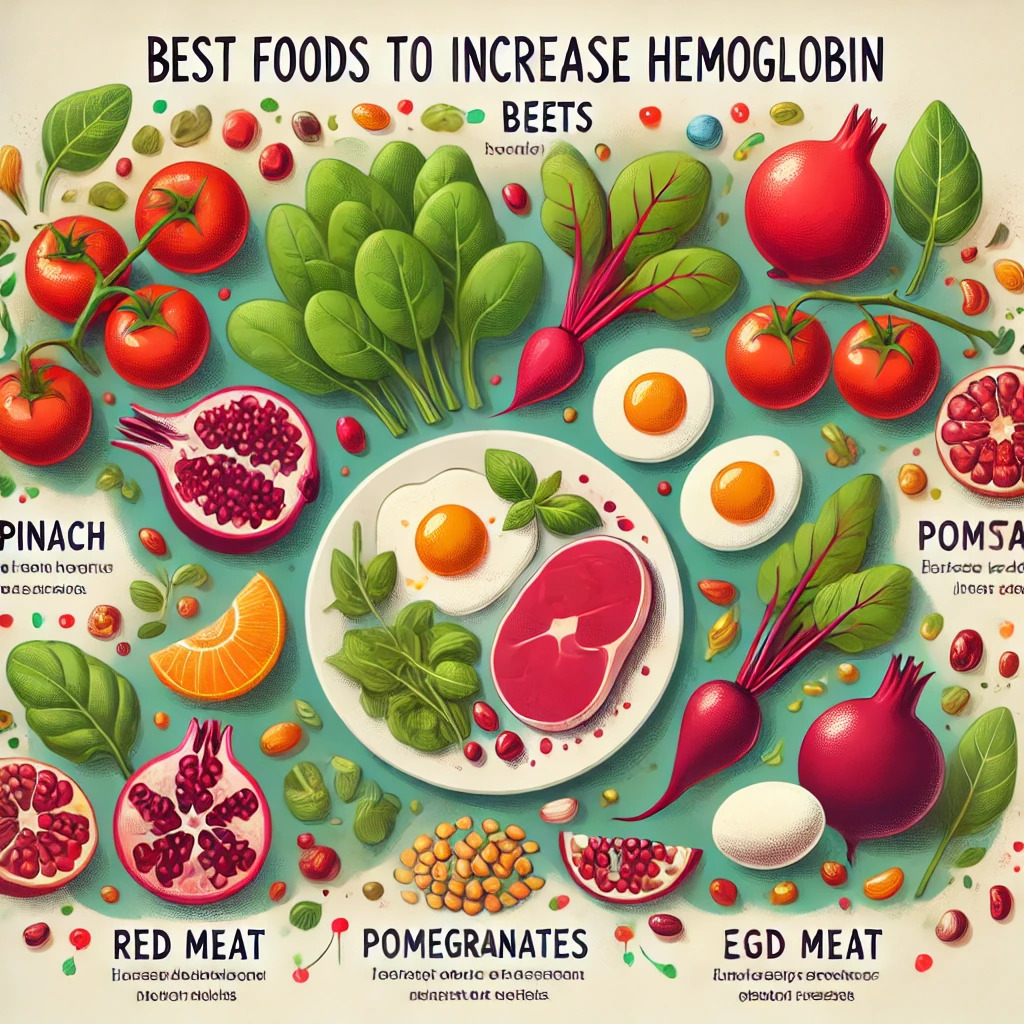How to Increase Hemoglobin Naturally?
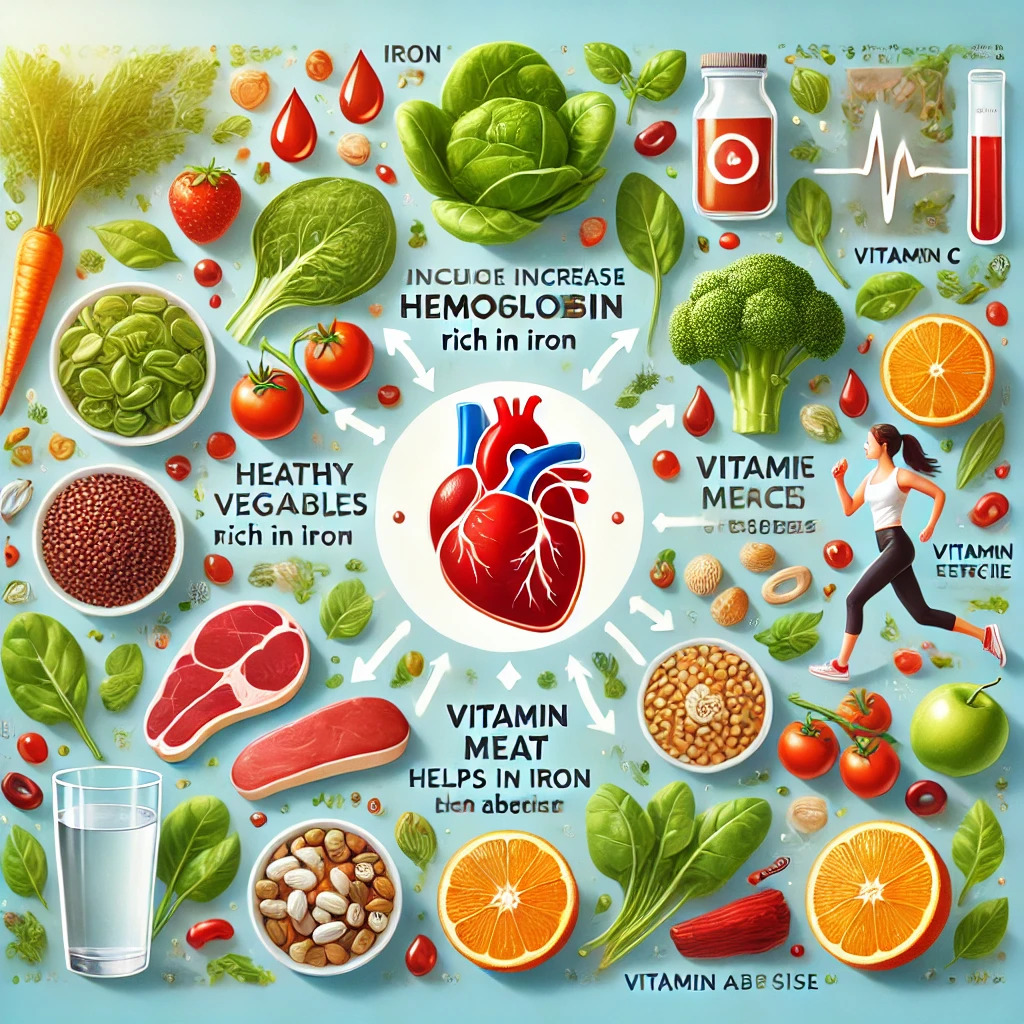
Maintaining optimal hemoglobin levels is crucial for a person's overall health and well-being. The journey to optimal hemoglobin levels begins by understanding that hemoglobin is a vital protein found in red blood cells(RBCs). This protein plays a central role in transporting oxygen from our lungs to the rest of our body and it helps return carbon dioxide from the tissues back to the lungs. This carbon dioxide is then removed via exhalation.
This is a critical function and this is why it is important to understand how to naturally increase hemoglobin levels in the blood. This blog will explore several strategies like dietary and lifestyle changes to help you maintain hemoglobin levels and obtain significant health benefits.
What is Hemoglobin
Hemoglobin is a vital protein in our red blood cells which contains iron. Every molecule of hemoglobin is composed of 4 subunits. Each of these four subunits contain an iron atom which can bind to one oxygen molecule. This binding is responsible for enabling hemoglobin to carry oxygen from the lungs to the tissues in the body. It then helps to transport carbon dioxide from tissue to the lungs so that this metabolic waste can be exhaled.
From the above explanation, you can understand that efficiency of hemoglobin is critical to maintain oxygen balance in the body. When hemoglobin levels are low, due to any reason, the tissues on our body receive less oxygen. This is responsible for the different signs and symptoms people with low hemoglobin face. This is why you need to understand how to increase hemoglobin levels.
Also Read: - Danger Level Of SGPT And SGOT
Hemoglobin ranges- a guide to normal levels
Hemoglobin levels can vary based on different factors like age, gender, and geographical location. Specific ranges are considered normal for different groups.
For the Indian population, here is a breakdown of the typical hemoglobin ranges:
These ranges may be different based on factors like the testing method and labs. These ranges are based on the requirements during different physiological states. Pregnancy reduces hemoglobin levels because the plasma volume increases.
Symptoms, Signs, and Causes of Low Hemoglobin Levels-
When hemoglobin levels are low than normal, it causes anemia which can have different symptoms like:
Fatigue- persistent tiredness may be experienced despite adequate rest.
Weakness- generalised muscle weakness may be experienced.
Shortness of breath- because the body needs oxygen for normal activities and tries to get it by increased breathing.
Dizziness- due to insufficient oxygen supply.
Pale skin- especially on face, lips, hands, and conjunctiva.
Rapid or irregular heart beat- one may have palpitations.
Chest pain- because the heart works harder to supply sufficient oxygen.
Cold extremities- cold hands and feet can be there.
Headaches- may be experienced as a consequence of reduced oxygen supply to the brain.
Brittle nails- due to lack of sufficient oxygen.
Hair loss- due to less oxygen supply to the tissues.
Cognitive issues- an anemic person may find it difficult to concentrate or memorise or have confusion.
Pica- is an unusual craving for things like ice, dirt, or starch which may be a sign of iron-deficiency anemia.
Causes of Low Hemoglobin
There are many factors which can reduce hemoglobin levels. Understanding these factors can help you understand how to increase your hemoglobin levels.
These are some important factors:
Nutritional deficiencies: lack of essential nutrients like iron, vitamin B12, protein, and folic acid can lead to anemia as these are important for red blood cells production and normal hemoglobin levels.
Chronic diseases: such as chronic kidney disease, cancer, rheumatoid arthritis and other autoimmune diseases can interfere with red blood cell production.
Blood loss: can be either acute or chronic due to reasons like injury, surgery, heavy menstruation, or gastrointestinal problems. This reduces hemoglobin levels.
Bone marrow problems: bone marrow plays an important role in red blood cell production which can be impaired due to leukemia, bone marrow fibrosis, and other disorders. Less red blood cell production means less hemoglobin which results in inefficient oxygen transport.
Importance of Monitoring Hemoglobin Levels
Some people are at an increased risk of anemia and regular monitoring of hemoglobin levels becomes crucial in such cases. These people also need to know natural ways to increase hemoglobin levels. At the same time, any underlying pathology/issue must be corrected. When an underlying cause is present, natural remedies and solutions may not be enough to correct hemoglobin levels on their own.
The groups which are at risk of low hemoglobin levels and anemia are pregnant women, the elderly due to multiple issues, individuals with chronic diseases, and those with a history of anemia. Young girls reaching menarche are also a group at risk for developing anemia if nutritional deficiencies are not corrected. Early detection of anemia and its causes through routine blood tests and a medical examination can help prevent complications and allow for timely intervention. Education and awareness campaigns regarding causes of anemia and how to increase hemoglobin levels naturally should be imparted to the public at large.
At O-Lab, tests like CBC (including hemoglobin levels, hematocrit, red blood cells count), serum iron, peripheral blood film, stool tests, vitamin B12, etc, are available at economical prices and these can provide a comprehensive overview of hemoglobin levels and any underlying issues that may be affecting hemoglobin levels. These tests can help in guiding treatment for anemia.
Also Read: - Best Dry Fruits & hemoglobin rich foods
How to Increase Hemoglobin Naturally: follow these steps for best results
You need to incorporate both dietary and lifestyle changes to raise hemoglobin levels. Here is a detailed look at what natural resources and changes are available for improving hemoglobin levels:
A. Dietary changes
Iron rich foods: by now you have the knowledge that iron is a key component of hemoglobin. It is very important that you consume sufficient quantities of iron-rich foods to boost hemoglobin levels. Some excellent sources of these foods are-
Red meat like beef, lamb, and liver as these are rich in heme iron. This is the type of iron present in animal foods which is very easily absorbed by the body.
Poultry and fish which includes chicken, turkey, and fish like tuna and salmon. These are also good sources of iron.
Plant based sources are also good for boosting hemoglobin levels and these contain non-heme iron. In the case of non-heme iron sources, the absorption of iron can be improved by taking vitamin C rich foods at the same time. Plant based iron rich foods include lentils, beans, spinach, and fortified cereals.
Vitamin C-rich foods: Vitamin C enhances the absorption of nonheme iron from plant based foods when taken at the same time. For boosting iron absorption from plant based foods, you can include-
Citrus fruits like oranges, lemons, grapefruits.
Berries like strawberries, raspberries, and blueberries.
Vegetables like bell peppers, broccoli, and tomatoes.
Amongst Indian fruits, guava and amla are very rich and easily available sources of vitamin C.
Folate rich foods: a deficiency of folate (vitamin B9) will also reduce hemoglobin levels because it is necessary for red blood cell production. Folate rich foods include-
Green leafy vegetables like spinach, kale, and mustard.
Legumes like beans, peas, and lentils.
Nuts and seeds like sunflower seeds, almonds, and peanuts.
Vitamin B12 sources: this is another really important nutrient for red blood cells production. Lack of this vitamin can result in a person developing pernicious anemia. When this happens, the body cannot produce a sufficient number of healthy RBCs. Plant based diet cannot provide vitamin B12. Most vegetarians need B12 supplements. You can get this vitamin from-
Animal Products- like eggs, dairy products, fish, and meat.
Fortified foods- some cereals, plant based milks and other products are fortified with vitamin B12.
Protein sources- the importance of a protein rich diet for reversing anemia should not come as a surprise considering its role in repair, regeneration, and immunity. It can be received from both vegetarian and non-vegetarian food groups. Vegetarian sources include tofu, dairy, lentils, green leafy vegetables, nuts and seeds. Non-vegetarian sources include chicken, eggs, mutton, fish, etc.
Certain herbs and natural supplements like beetroot juice, nettle tea, spirulina, and wheatgrass can help in improving hemoglobin levels.
B. Lifestyle changes- along with getting a nutrient rich diet, lifestyle changes also have a role to play in increasing hemoglobin levels and in reversing anemia. These include:
Regular exercise: engaging in regular physical activity has been found to stimulate the production of erythropoietin. Erythropoietin is a hormone which promotes red cell production. Apart from this, regular exercise also improves circulation and this helps to transport oxygen efficiently throughout the body.
Avoiding habits which decrease hemoglobin: certain habits can have a detrimental effect on health as well as impact hemoglobin levels such as-
Smoking- it increases the level of carbon monoxide in the blood. It is a fact that carbon monoxide binds to hemoglobin more effectively than oxygen. This in turn reduces the oxygen carrying capacity of hemoglobin.
Alcohol intake- when alcohol is consumed in excess, it interferes with the production of red blood cells which is one way of how it leads to anemia. Its impact on functioning of different organs also has detrimental effects.
Staying hydrated- consuming adequate water is important for maintaining blood volume and for proper circulation of blood. Dehydration can lead to hemoconcentration which causes blood to become thick. This results in falsely elevated hemoglobin levels.
Food to Avoid
We have so far learned how to increase hemoglobin levels naturally with certain foods and with some lifestyle changes. There are certain foods which can inhibit iron absorption and absorption of other nutrients. These should either be avoided, or consumed in moderation, or taken after a sufficient gap from meals.
Calcium rich foods- it is very important for people to intake adequate calcium from food sources. But large amounts of such foods can inhibit iron absorption. Avoiding them at the same time as taking iron rich foods or iron supplements can solve this issue.
Coffee and tea- these beverages contain certain substances which can bind to iron and reduce its absorption. Avoiding these beverages with meals and taking them between meals as well as consuming these in moderation is a good approach.
High fibre foods- excessive fibre c


